Posted: November 02, 2013 at 5:55 PM / IP Logged
Posted: November 02, 2013 at 8:00 PM / IP Logged
Posted: November 02, 2013 at 8:27 PM / IP Logged
Posted: November 03, 2013 at 12:09 PM / IP Logged
Posted: November 03, 2013 at 2:35 PM / IP Logged
Posted: November 03, 2013 at 9:51 PM / IP Logged
Sorry, you can NOT post a reply.
This topic is closed.
 Printable version
Printable version


| You cannot post new topics in this forum You cannot reply to topics in this forum You cannot delete your posts in this forum You cannot edit your posts in this forum You cannot create polls in this forum You cannot vote in polls in this forum |

| Search the12volt.com |
Follow the12volt.com 
Friday, December 26, 2025 • Copyright © 1999-2025 the12volt.com, All Rights Reserved • Privacy Policy & Use of Cookies


Friday, December 26, 2025 • Copyright © 1999-2025 the12volt.com, All Rights Reserved • Privacy Policy & Use of Cookies
Disclaimer:
*All information on this site ( the12volt.com ) is provided "as is" without any warranty of any kind, either expressed or implied, including but not limited to fitness for a particular use. Any user assumes the entire risk as to the accuracy and use of this information. Please
verify all wire colors and diagrams before applying any information.








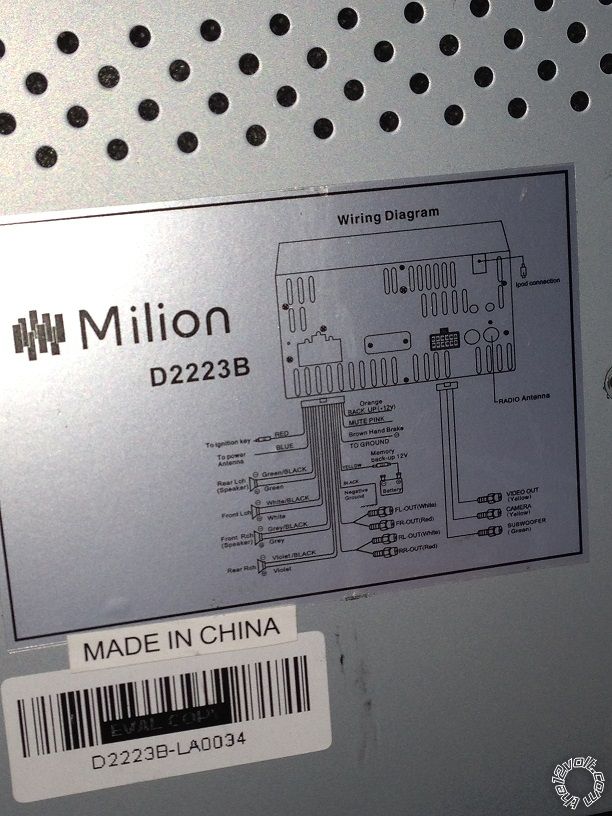 I will upload some additional pictures of where the remote lead is connected to tomorrow if I can find it?
This is driving me nuts.....but i appreciate the help I'm getting here.
Thanks again
02EX
I will upload some additional pictures of where the remote lead is connected to tomorrow if I can find it?
This is driving me nuts.....but i appreciate the help I'm getting here.
Thanks again
02EX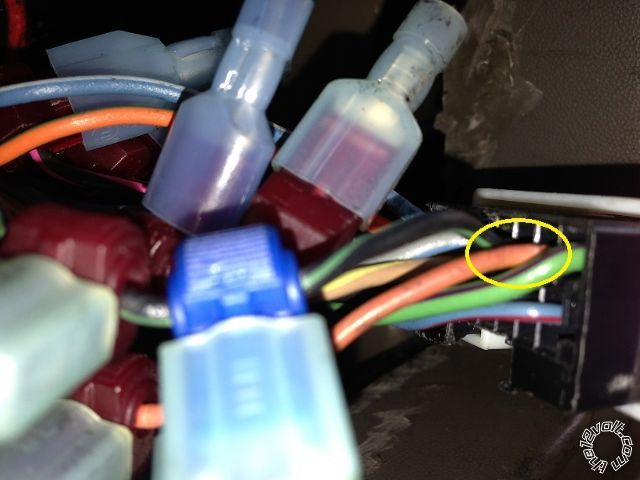 The next pictures are the blue remote lead "wire' from the amp to this orange wire on the factory wiring harness?
The next pictures are the blue remote lead "wire' from the amp to this orange wire on the factory wiring harness?
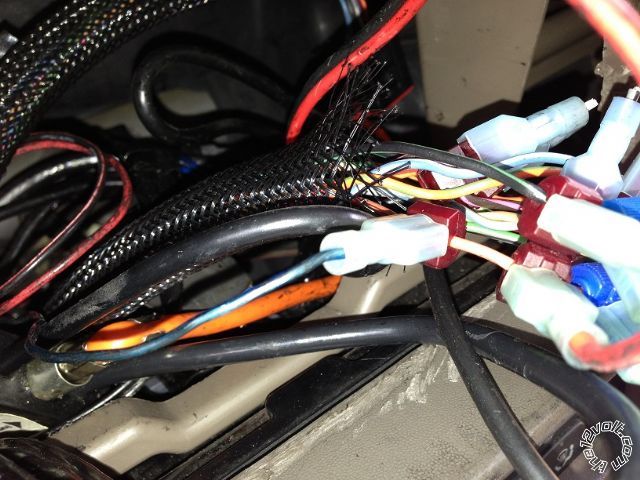 Remote lead "wire"
Remote lead "wire"
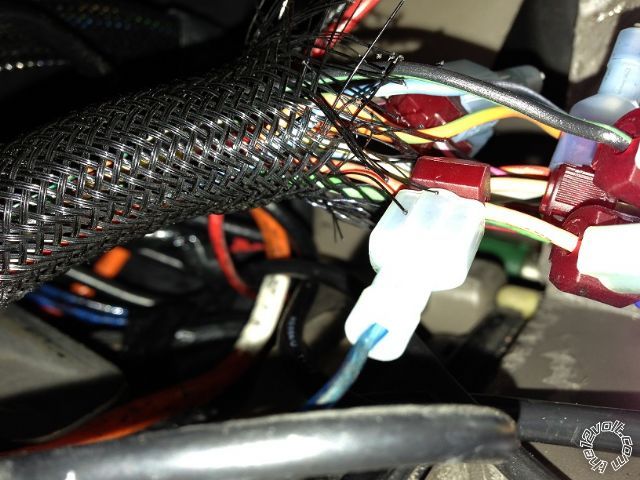 Does anyone have a clue what this orange wire is? also shouldn't this blue remote lead plug into the deck and not the factory wiring harness?
After pulling out the factory wiring harness so i could get a better look at it I've noticed that the previous owner had an aftermarket rear entertainment dvd player and who ever installed it used a combination of quick splice connecters and T-tap connectors onto the factory wiring harness.
Yikes!
Thanks again for the help
02EX
Does anyone have a clue what this orange wire is? also shouldn't this blue remote lead plug into the deck and not the factory wiring harness?
After pulling out the factory wiring harness so i could get a better look at it I've noticed that the previous owner had an aftermarket rear entertainment dvd player and who ever installed it used a combination of quick splice connecters and T-tap connectors onto the factory wiring harness.
Yikes!
Thanks again for the help
02EX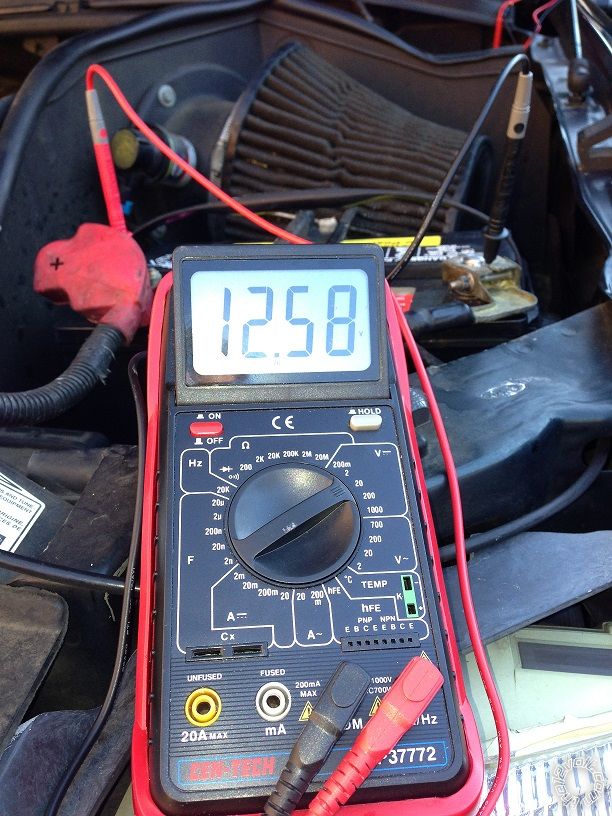 Driver side battery with the EX off
Driver side battery with the EX off
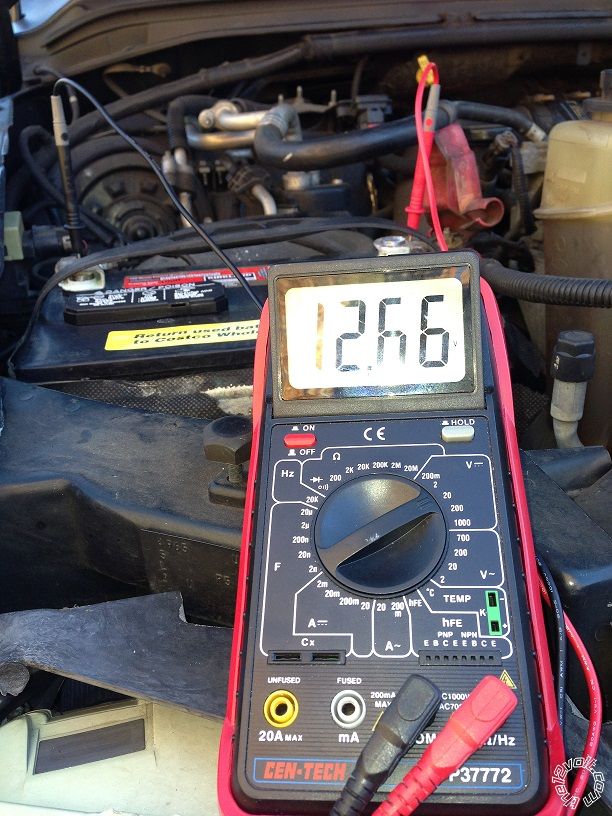 Passenger side battery with EX running
Passenger side battery with EX running
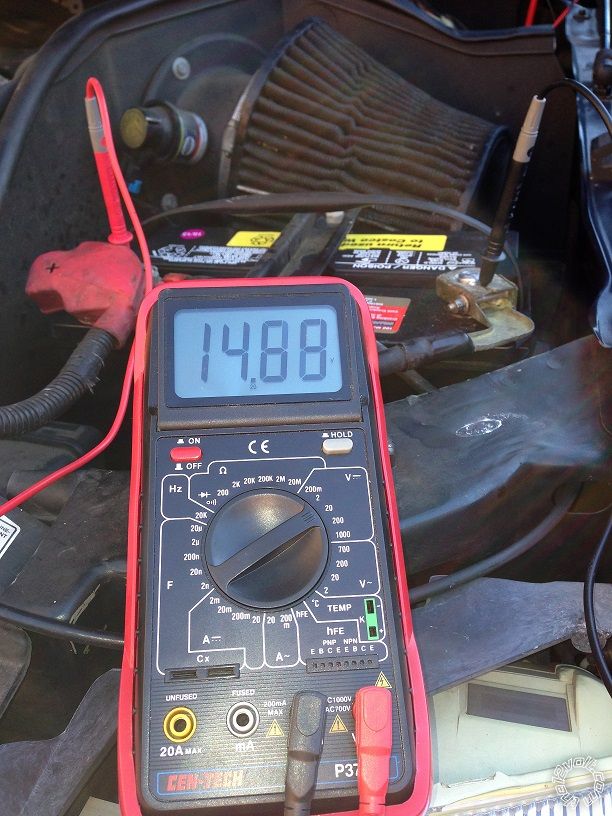 Driver side battery with EX running
Driver side battery with EX running
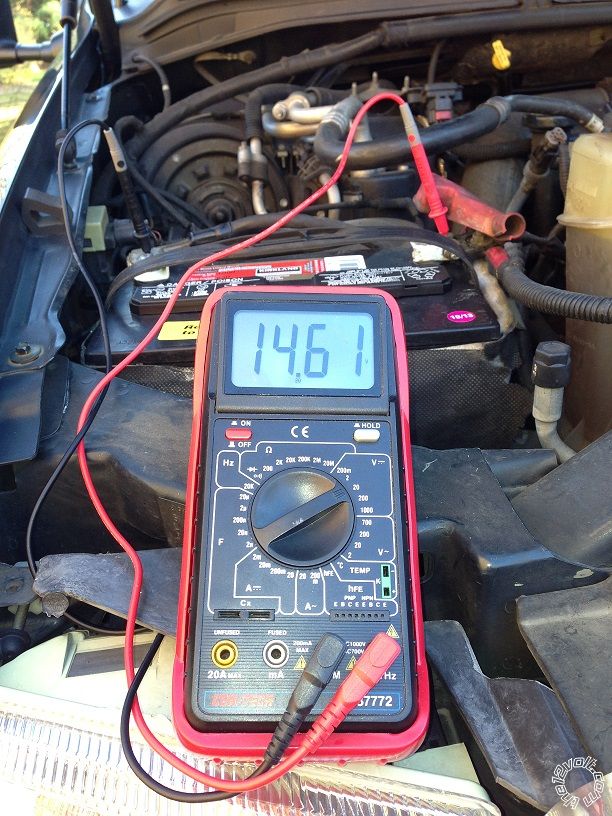 Passenger side battery running with the lights and heater on.
Passenger side battery running with the lights and heater on.
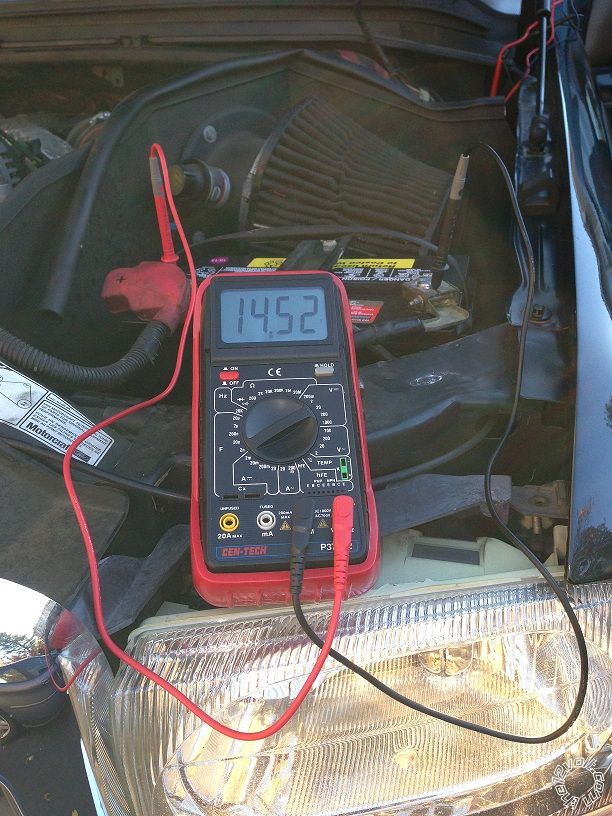 Driver side battery running with the lights and heater on.
Driver side battery running with the lights and heater on.
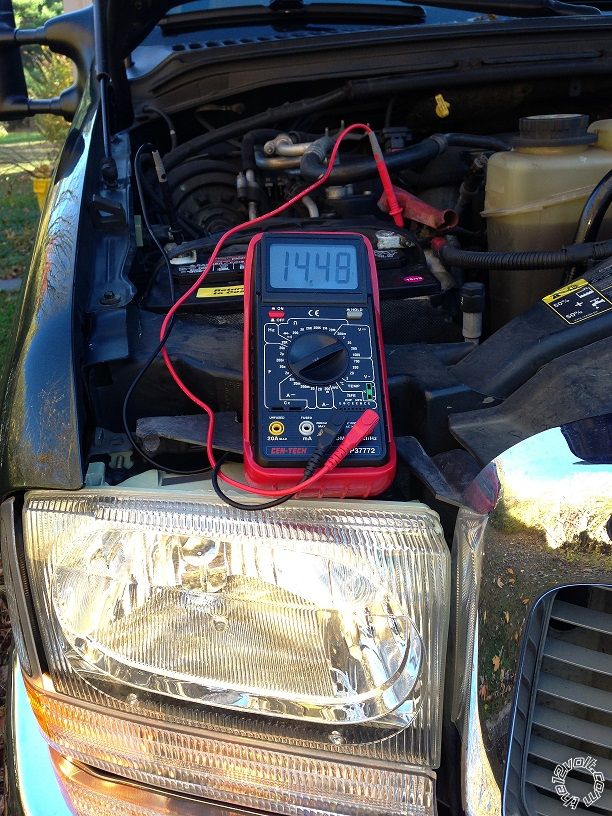 The batteries check fine (which they should they are brand new). The DC power alternator also checks fine as well from the volt test and with the draw on it too.
Thanks again
02EX
The batteries check fine (which they should they are brand new). The DC power alternator also checks fine as well from the volt test and with the draw on it too.
Thanks again
02EX